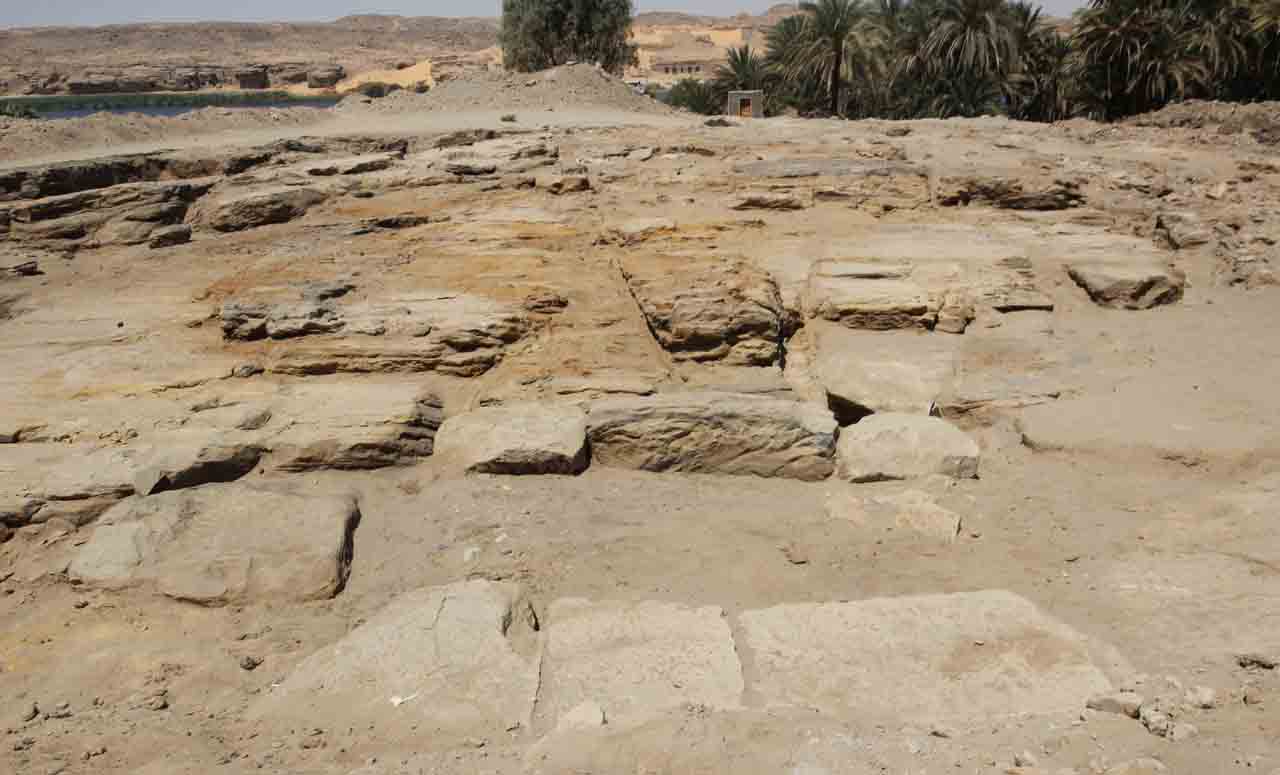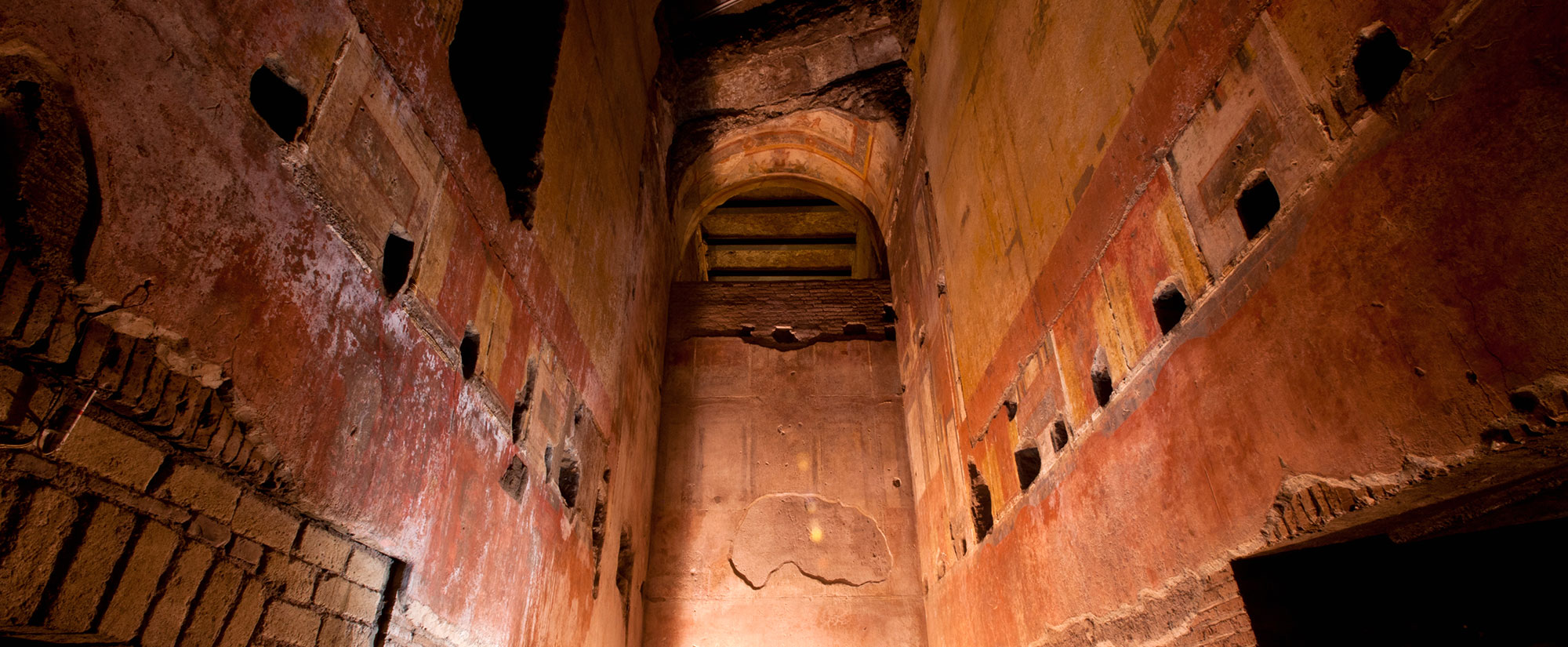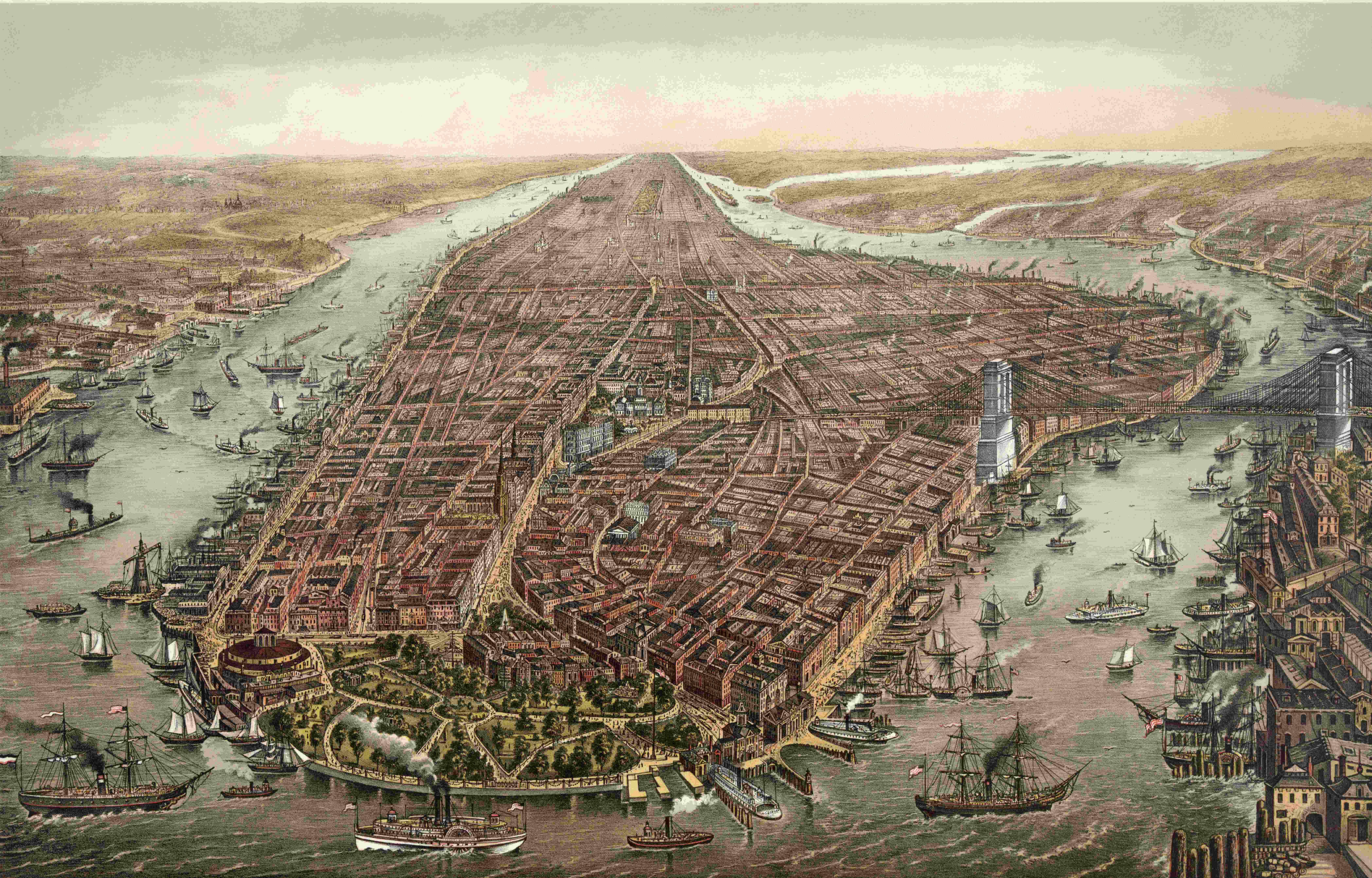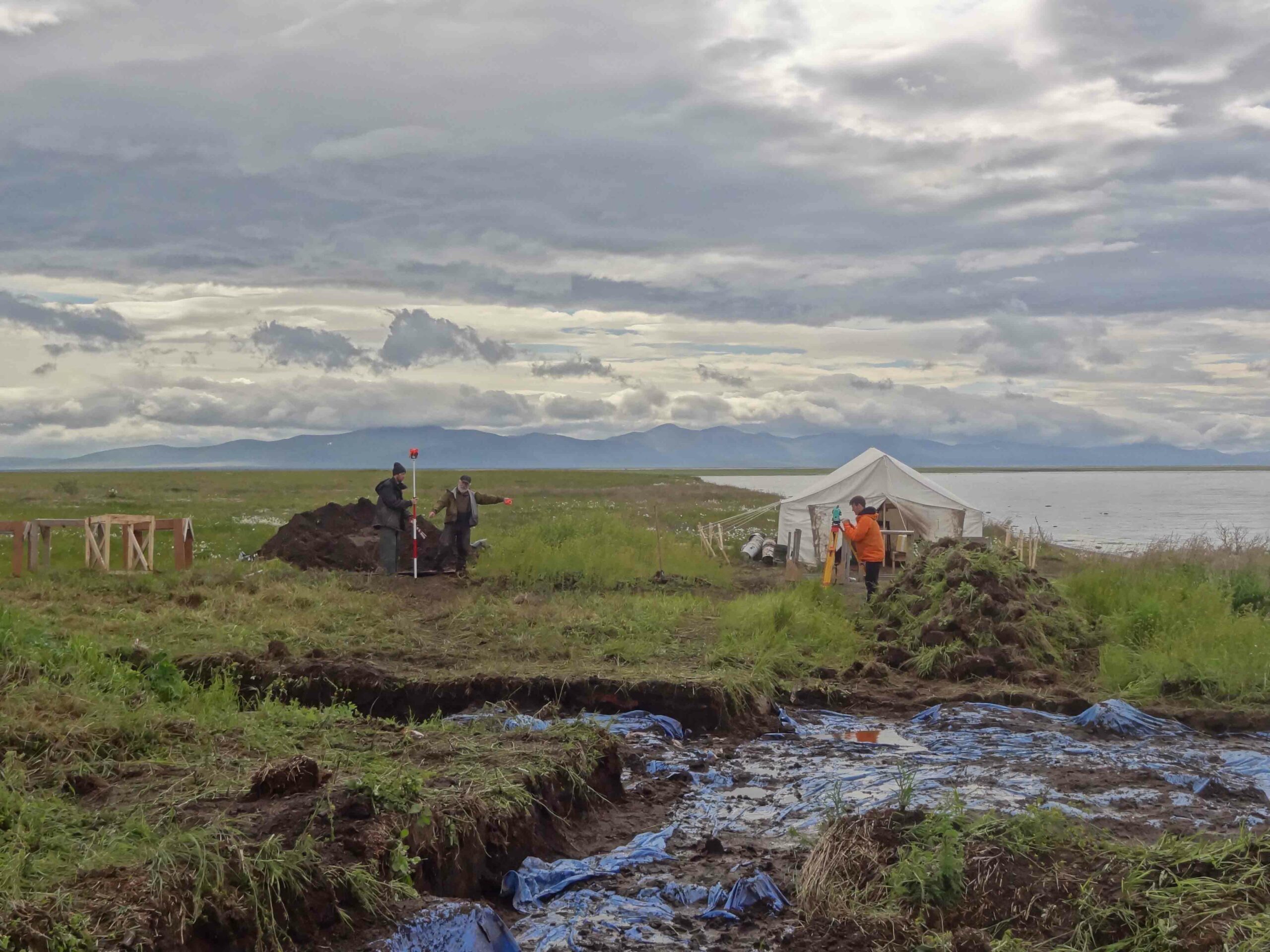
The remains of a temple at Gebel el-Silsila in southern Egypt were last described in 1934, but were subsequently lost. A map from the early twentieth century, however, marked its general location with a “T.” This spring, using that map, a team led by Maria Nilsson of Sweden’s Lund University uncovered the lost temple’s foundation, which dates back to the fifteenth century B.C. The temple was located at a quarry that provided the building blocks for many of ancient Egypt’s major temples, including Luxor and Karnak. Unexpectedly, and despite the ample supply of sandstone at the quarry, the oldest part of the temple turns out to have been made of limestone. Later construction phases, including those associated with the pharaohs Amenhotep III and Ramesses II, used the local sandstone.












